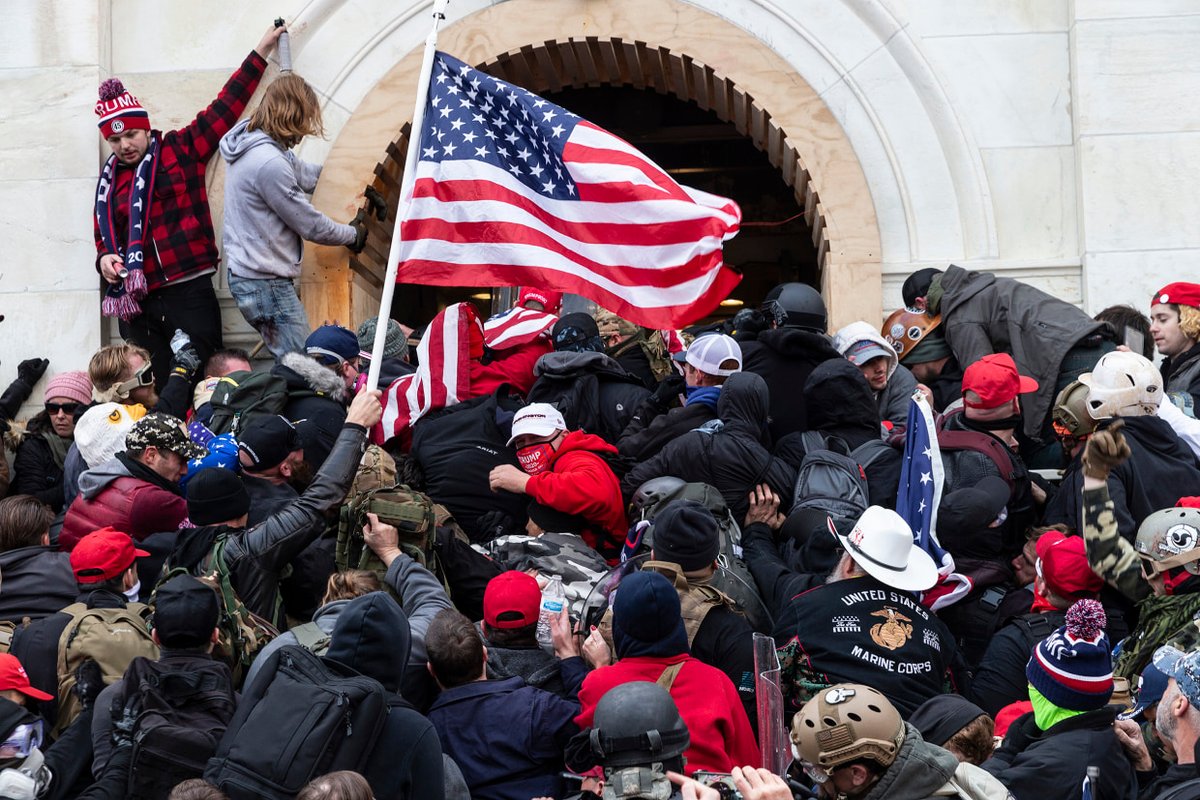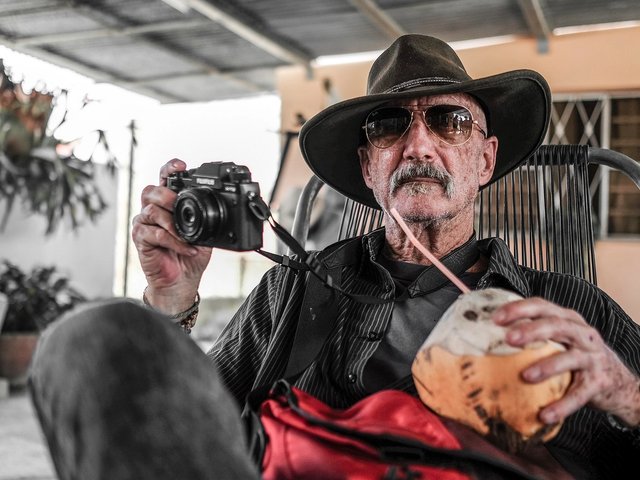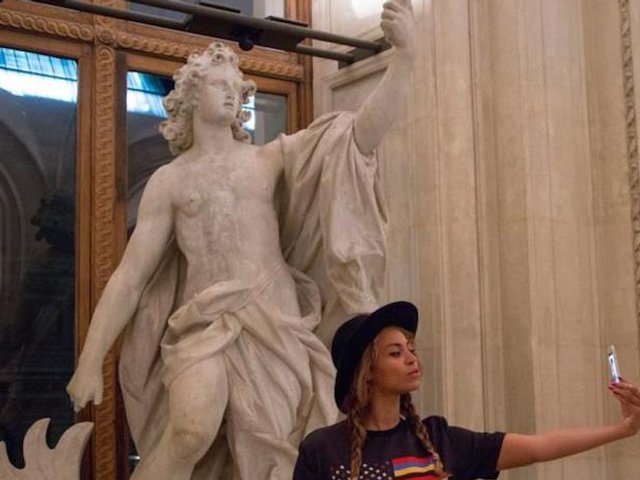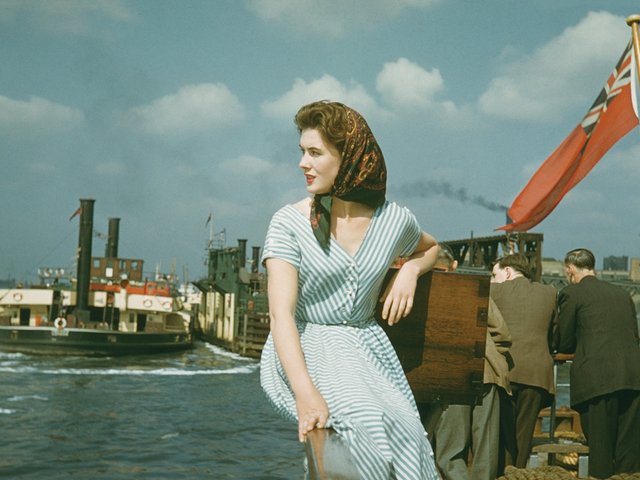Members of the street photography community have reacted with concern at new rules published by Twitter that aim to stop malicious users from doxxing victims by declaring images will now only be publishable with the subject's consent.
Twitter does not make direct reference to doxxing—an internet term for publishing private information in an attempt to intimidate another person. Yet the changes in Twitter’s private information policy came soon after several ‘sedition hunters’—left-wing activists who investigated and published publicly available images of suspected Capitol insurrectionists —found they had been locked out of or suspended from their Twitter accounts. The announcement also came just one day after the surprise resignation of co-founder Jack Dorsey.
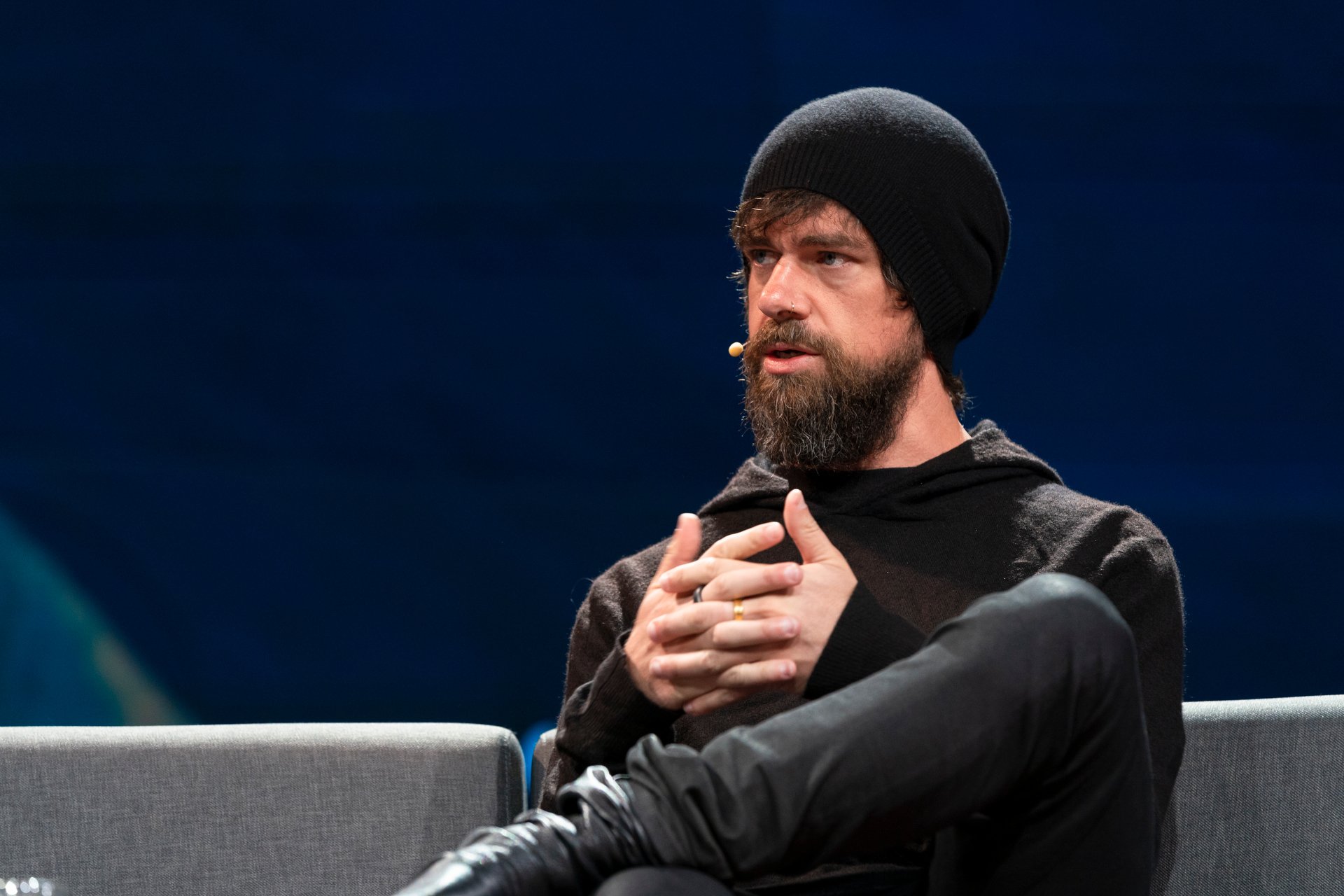
Former Twitter chief executive Jack Dorsey at a TEDTalk in 2021
In a post published by the Twitter Safety team, the social media company states: "Sharing personal media, such as images or videos, can potentially violate a person’s privacy, and may lead to emotional or physical harm."
The new privacy rules are not blanket enforced. Instead, they allow a path of recourse for users whose image are published on the platform without their consent. Now, such users can contact Twitter and alert them to an image. After an assessment by moderators, Twitter have pledged to then delete the image from the platform.
"When we are notified by individuals depicted, or by an authorised representative, that they did not consent to having their private image or video shared, we will remove it,” the team say.
A war on photojournalists
Journalists and photographers have expressed concern that the new rules would inevitably be selectively enforced by the site and manipulated by bad actors, and could potentially leave the platform open to abuse, amounting to a concerning effect on news gathering and credible reporting on significant global and sociopolitical events.
The Twitter Safety team are careful to state that images of people at public events, such as protests, would not qualify. The ban doesn't apply to public figures if the image is deemed to be within the public interest. The policy changes also do not apply “in an emergency situation,” the post says.
But if the site determines visual content has been shared "to harass, intimidate, or use fear to silence them," then it will be deleted. "We will always try to assess the context in which the content is shared,” the post says. “This policy update will help curb the misuse of media to harass, intimidate, and reveal the identities of private individuals, which disproportionately impacts women, activists, dissidents, and members of minority communities.”
Industry reactions
Andrew Livingston, the director of technology at Sony Pictures Entertainment and a media rights specialist, called Twitter’s new rules “astonishingly vague, badly written, and wide open to abuse.”
“Your pool of moderators does not realistically have enough local knowledge to make the assessments required,” Livingston said in a public post.
Alex Wild, a curator at The University of Texas at Austin and a photographer who has worked for The New York Times, Washington Post and National Geographic, says: "This is a declaration of war against photojournalists, who rely on images taken in public. Imagine a world where Twitter suspends accounts of local media covering police brutality, under the excuse of police privacy.”
Charlie Phillips, head of video at the Guardian newspaper and the former deputy director of Sheffield Documentary Film Festival, says: “Twitter will [now] decide who is a legitimate journalist and who isn’t, and what’s a big enough protest or news event to be in the public interest.”
Responding to the news, Lewis Bush, the course leader of the MA Photojournalism and Documentary Photography course at London College of Communication and a documentary photographer, emphasises how seismic this shift potentially is, especially in light of some of the events in recent history which were shared, developed and broken on Twitter.
"Twitter is a platform which originally came to the attention of many people precisely because of the type of user-generated media it now seems to be trying to prevent people from sharing," Bush tells The Art Newspaper.
"If you think back to the popular uprisings in the Middle East in 2011, the posts and videos ordinary people were sharing of those events were really instrumental in shaping how those movements were received and understood, within the countries in which they were taking place and beyond them," Bush says.
"Given the nature of news events, it’s usually impractical and often impossible to seek permission from everyone who might be captured in a photograph or video. This reality is something many countries recognise and protect in their laws around photography and consent, giving journalists a greater freedom to record and disseminate media of breaking news without permission from everyone shown."


